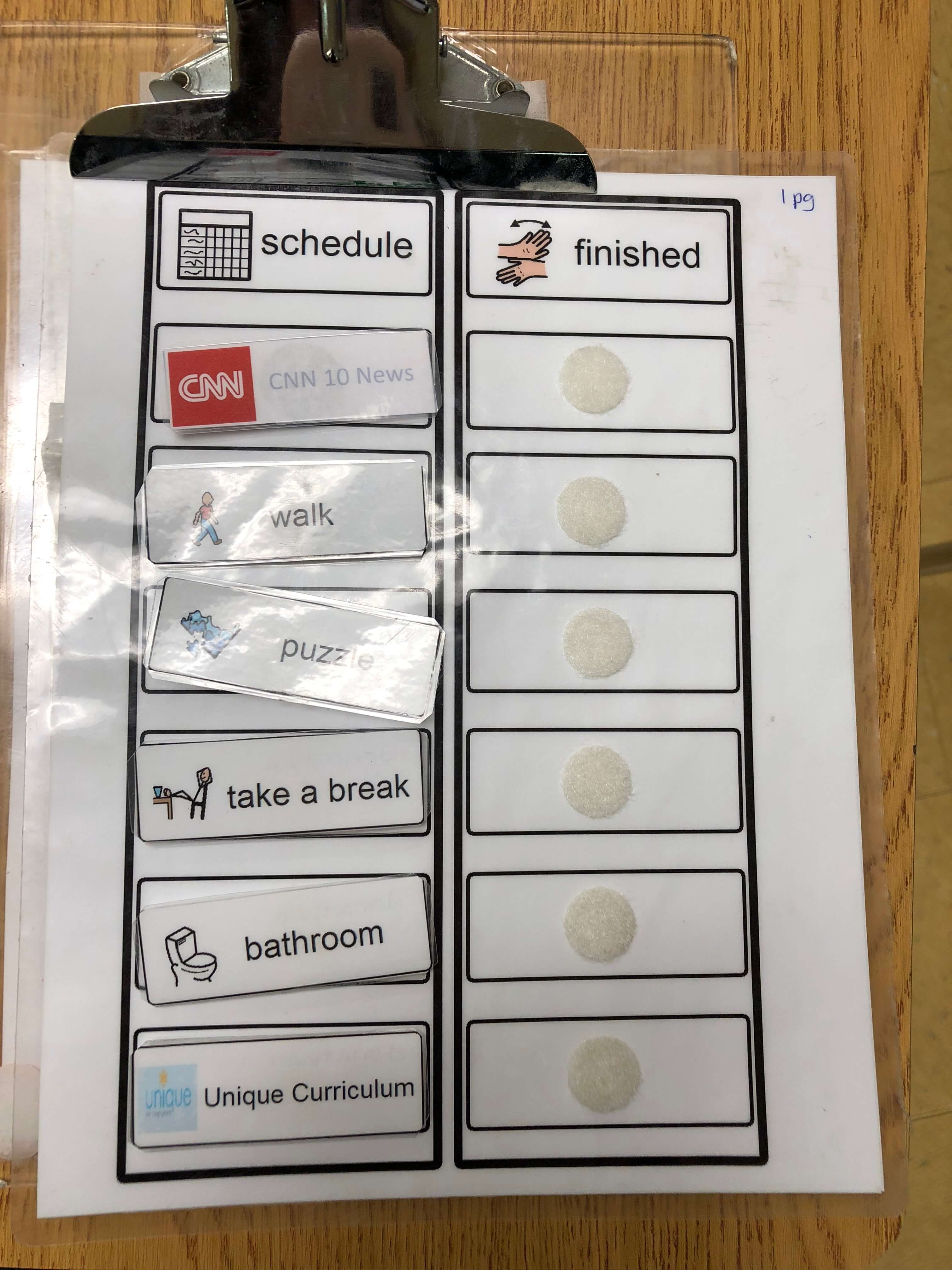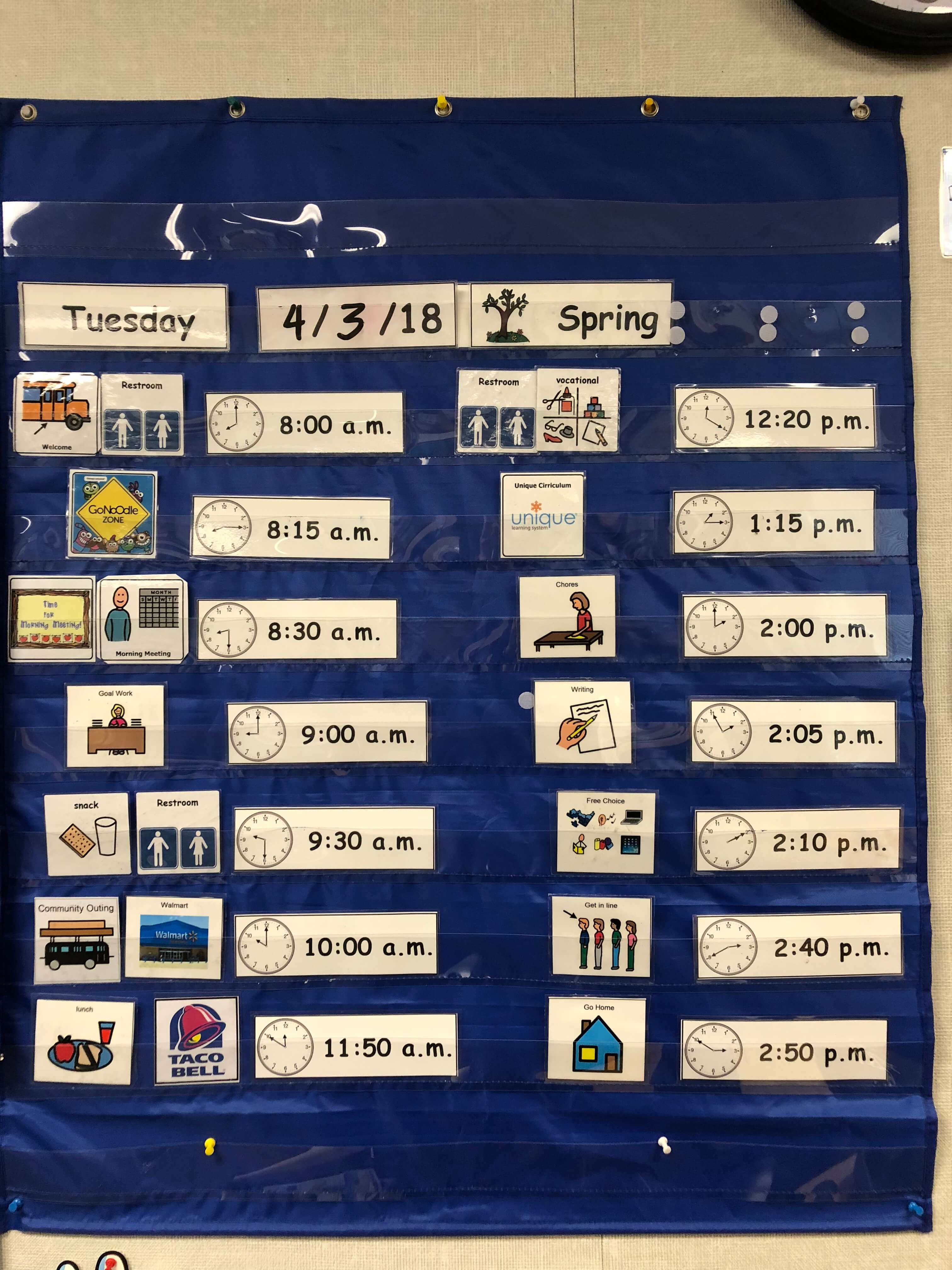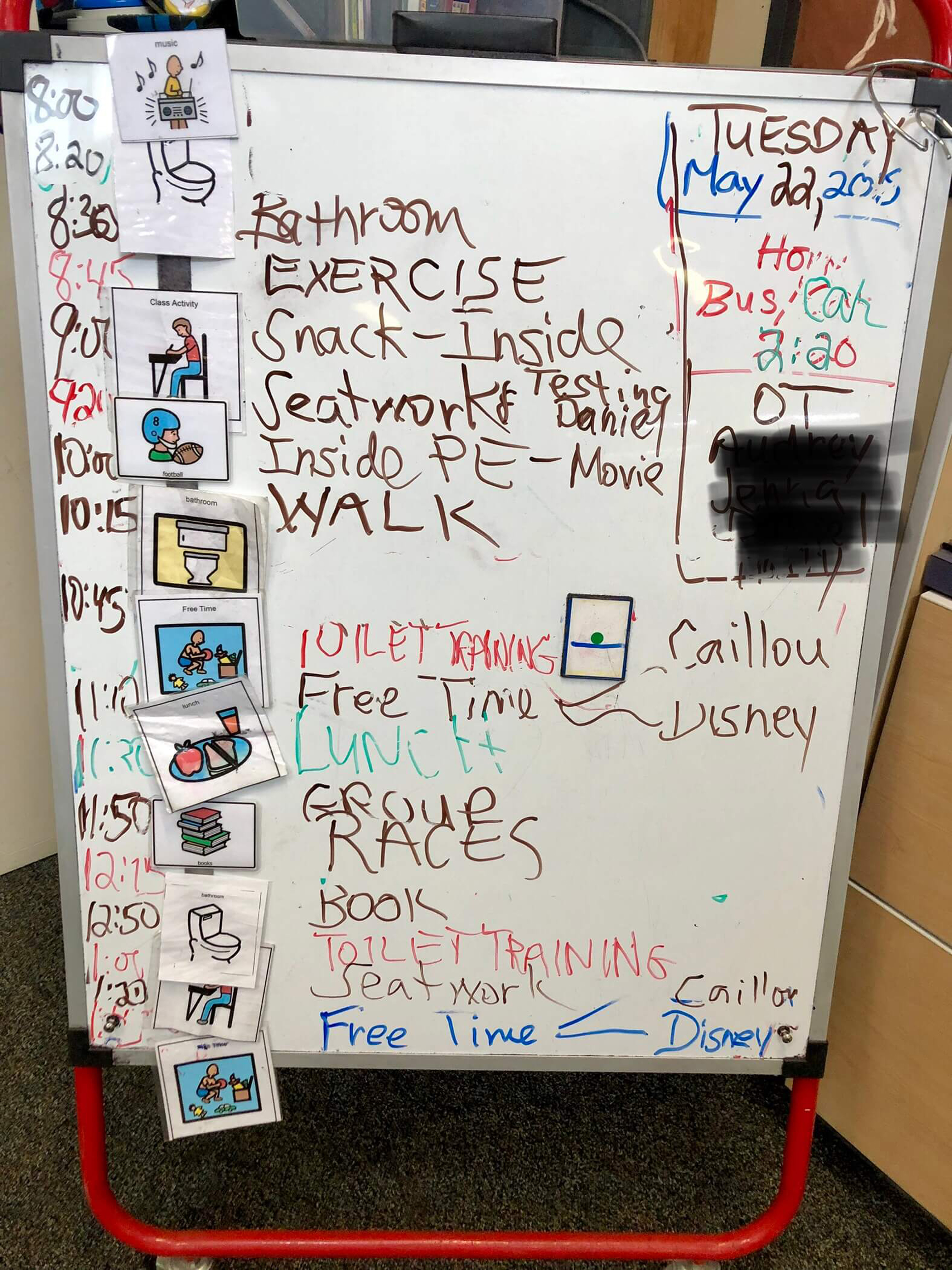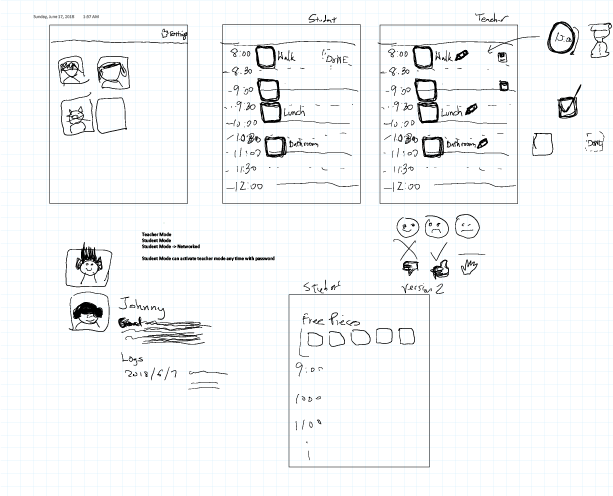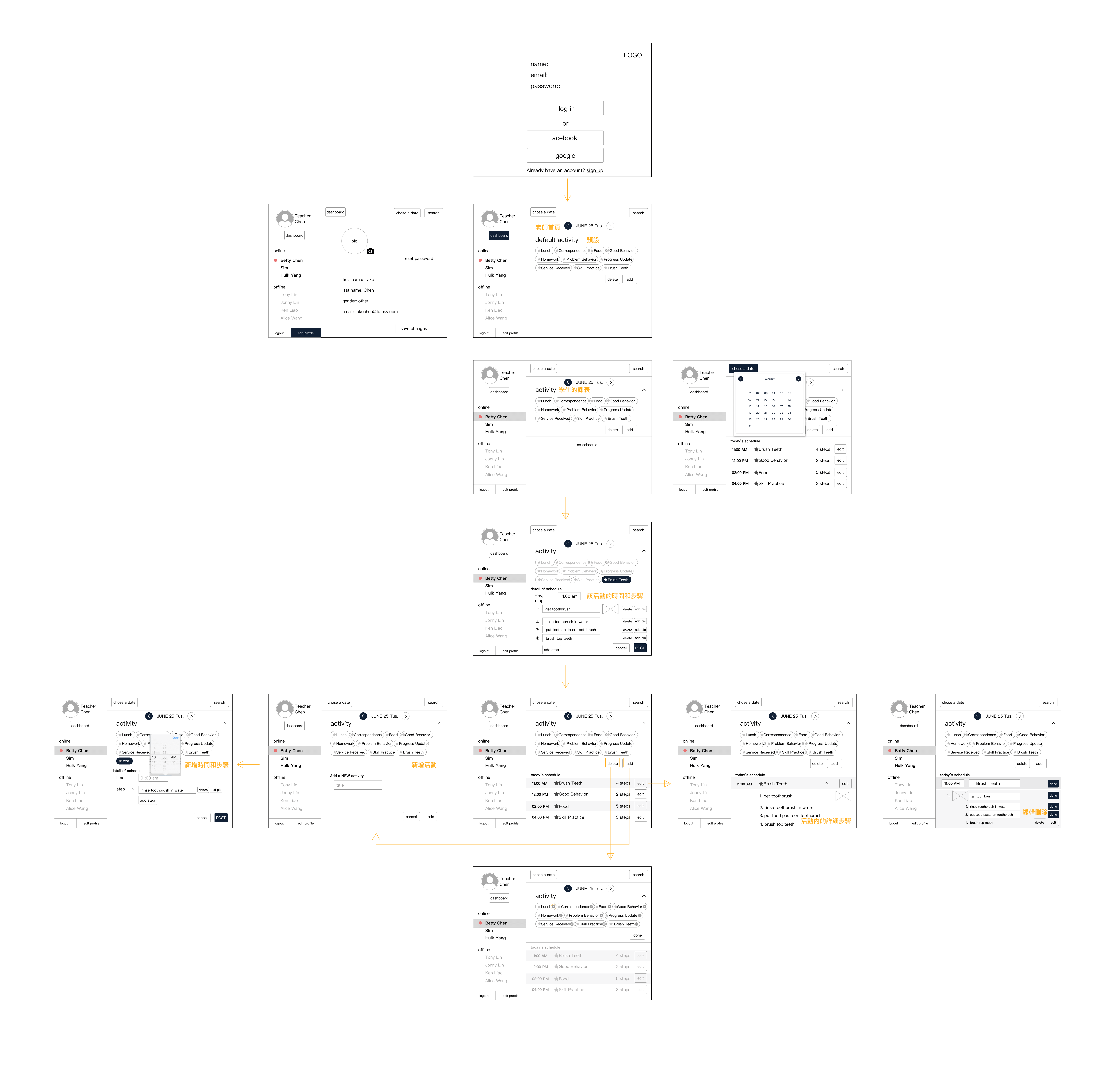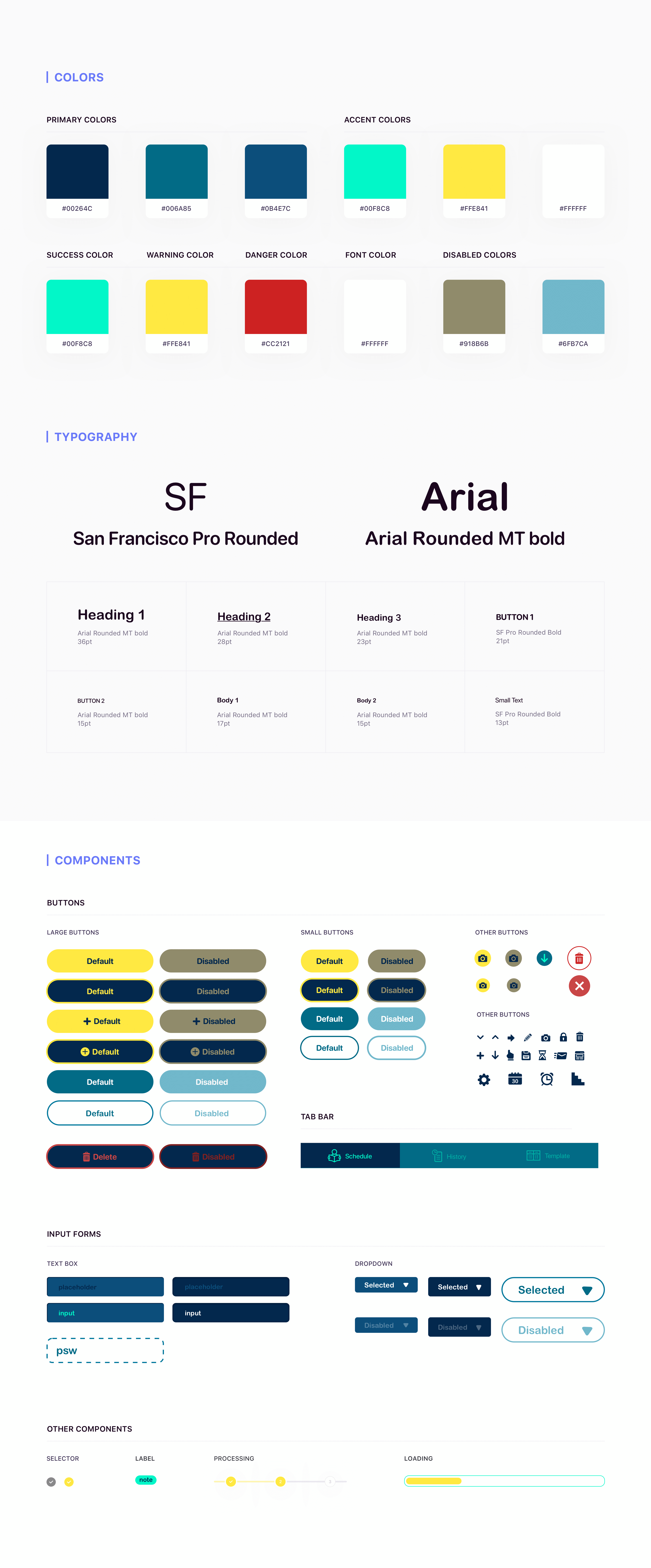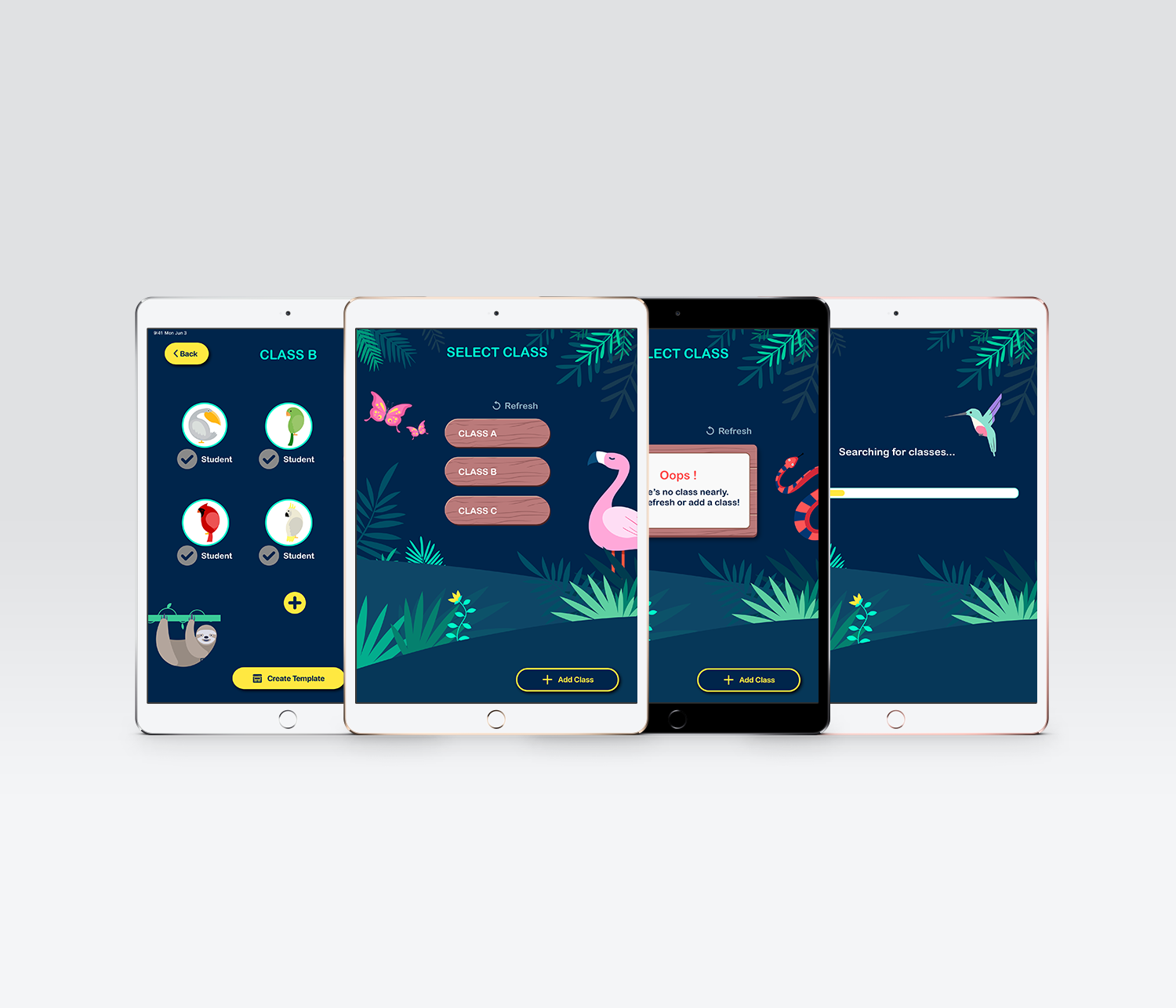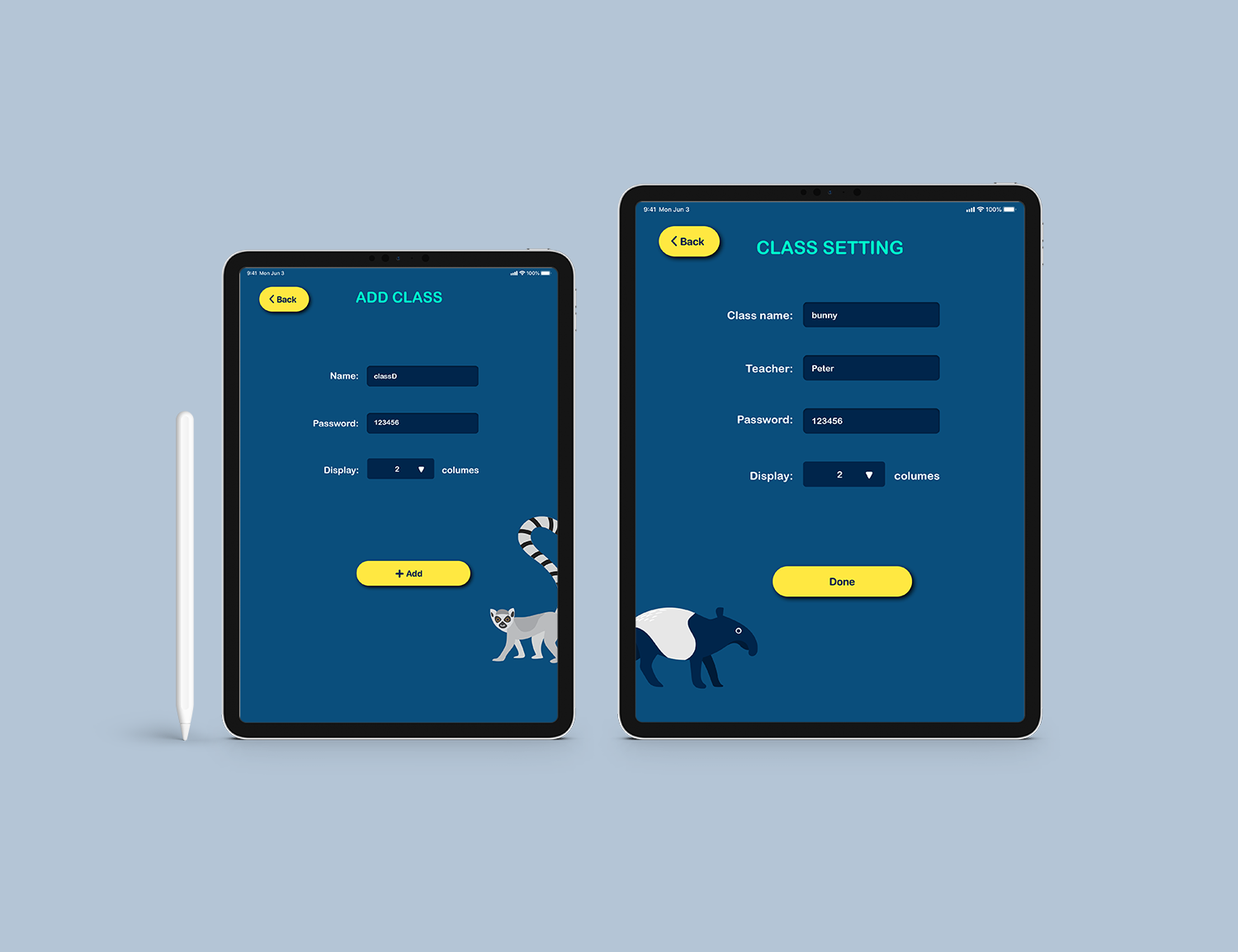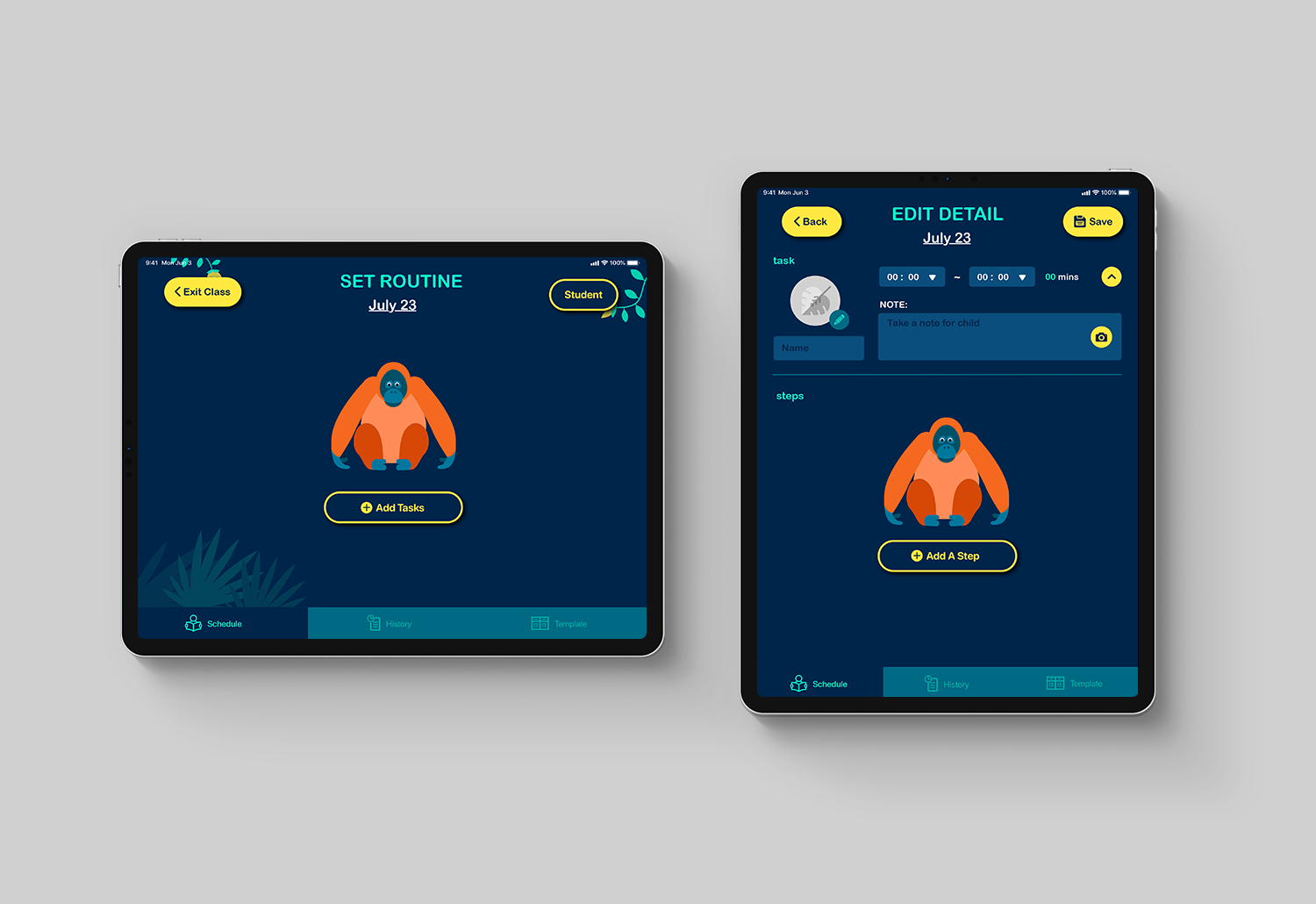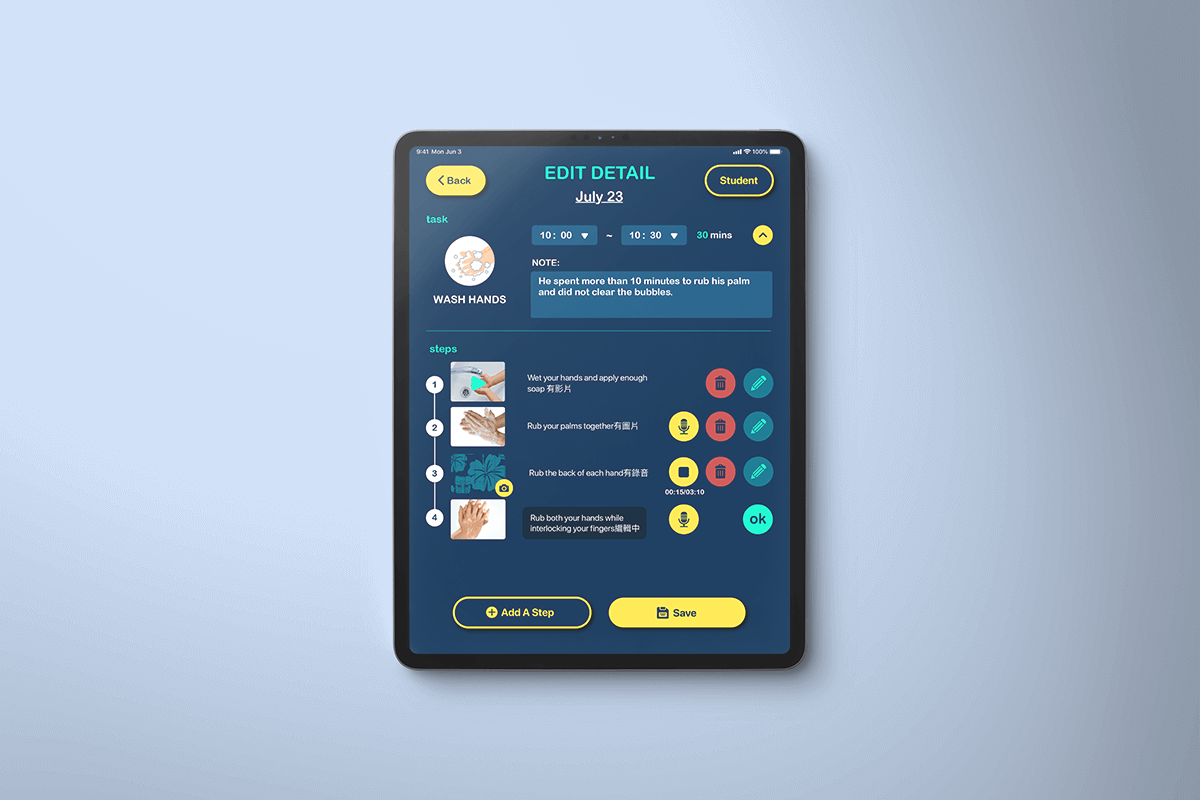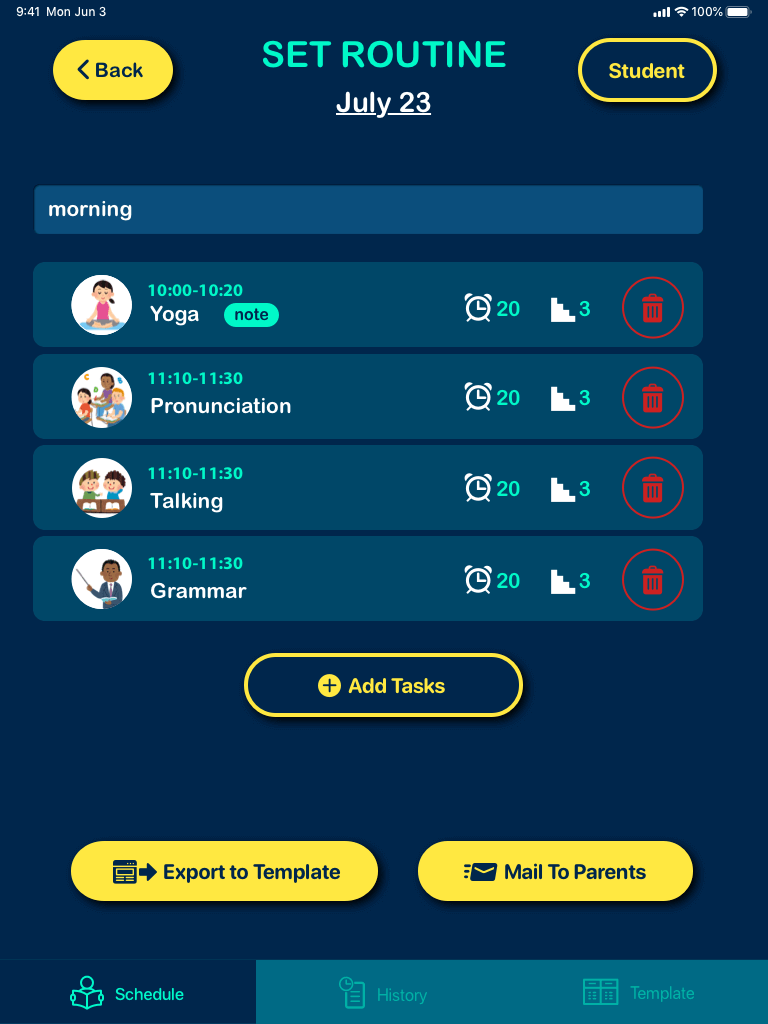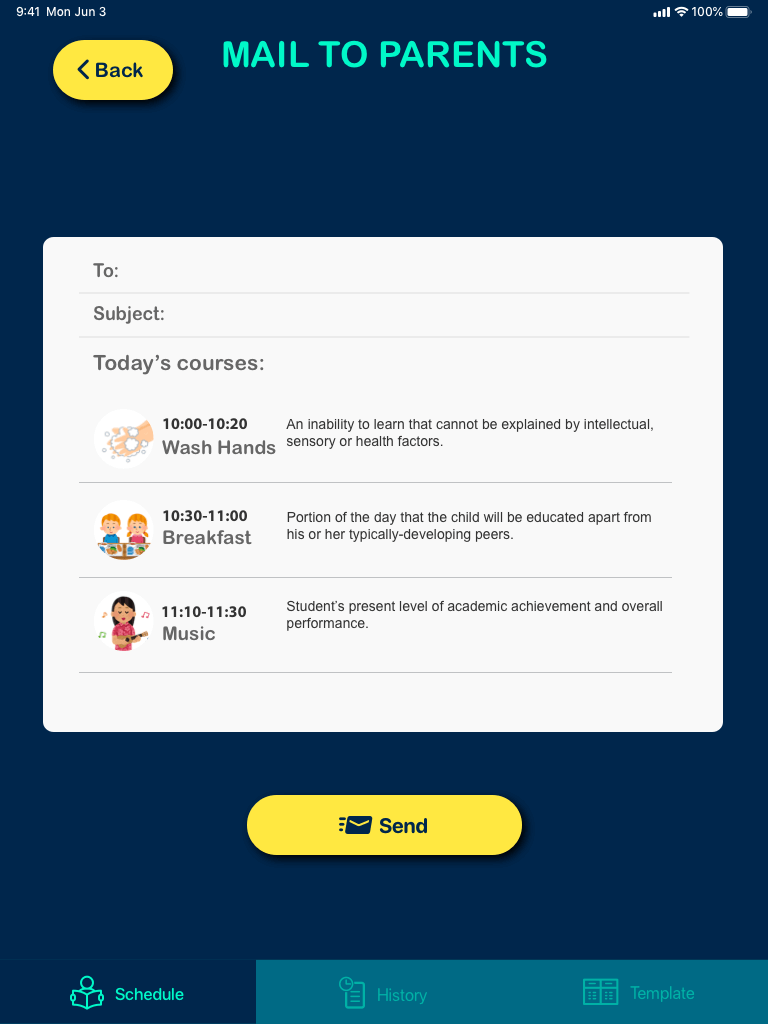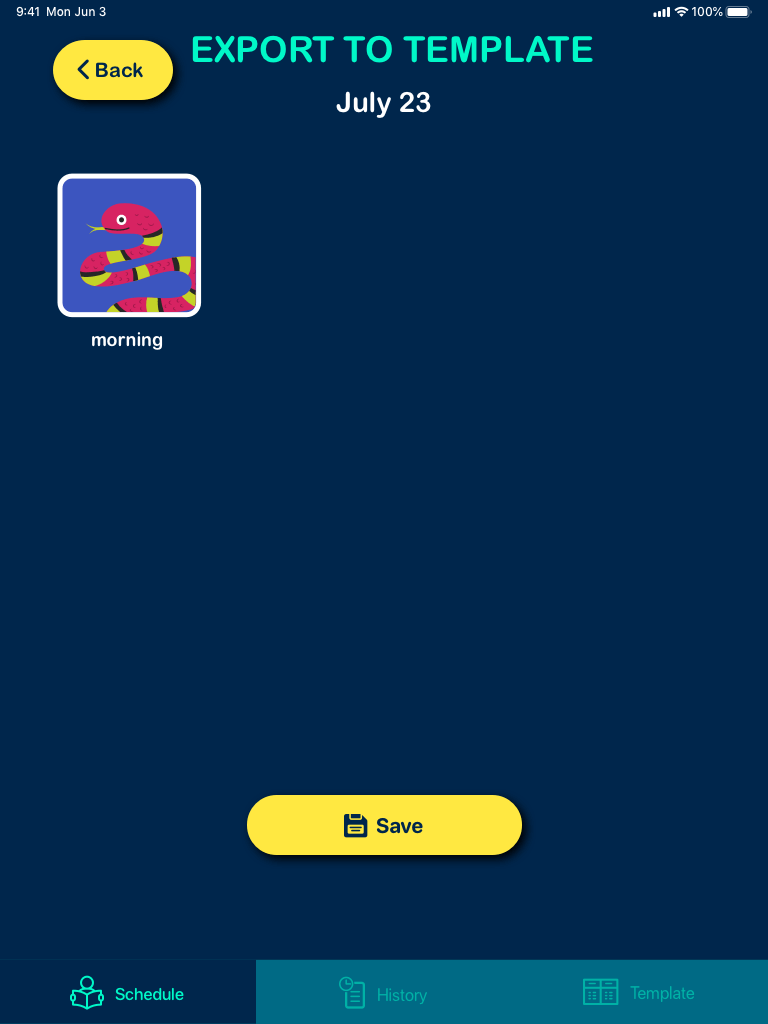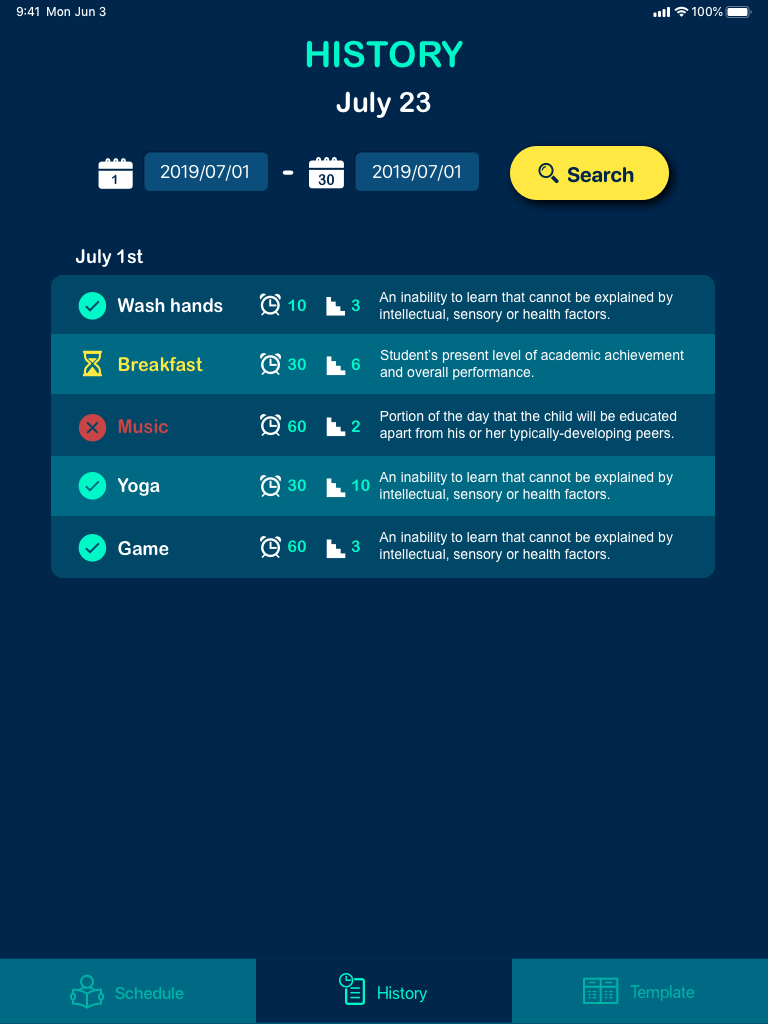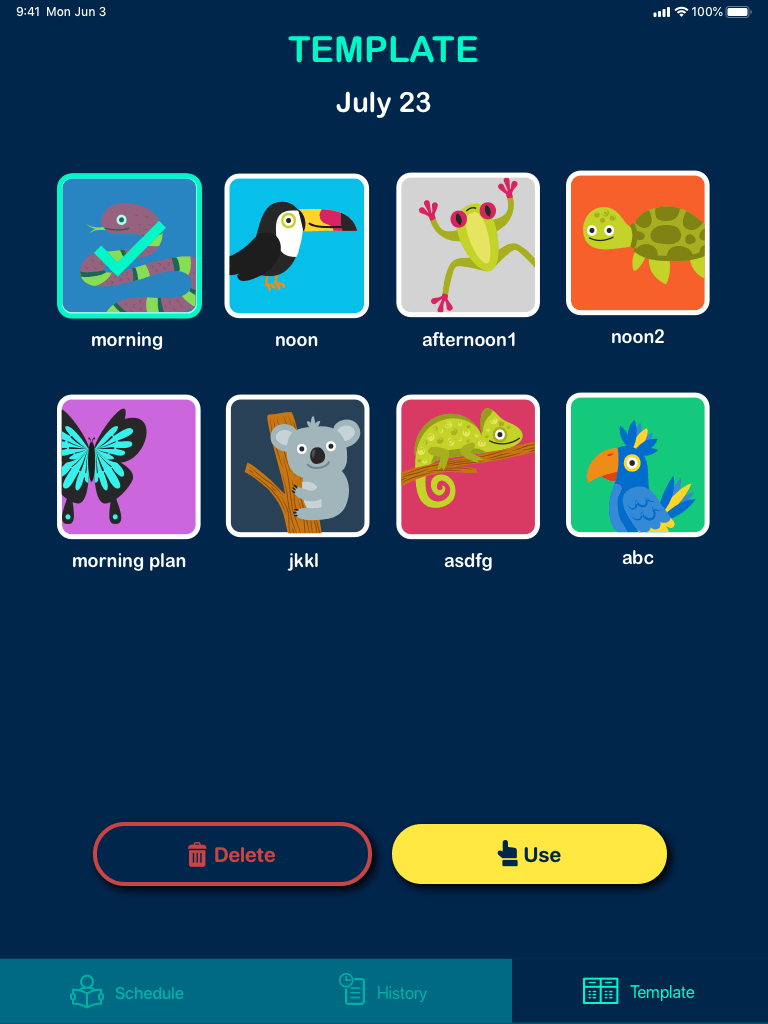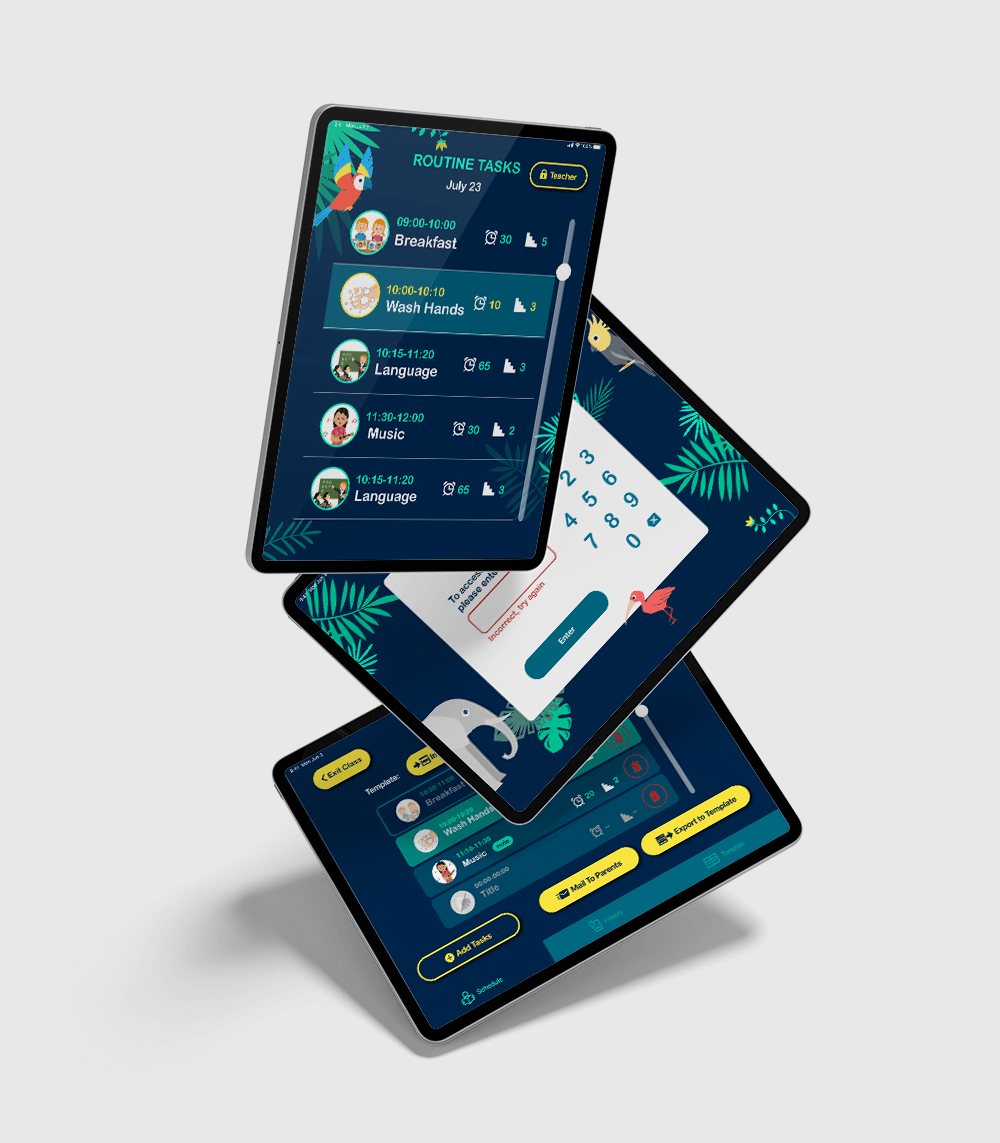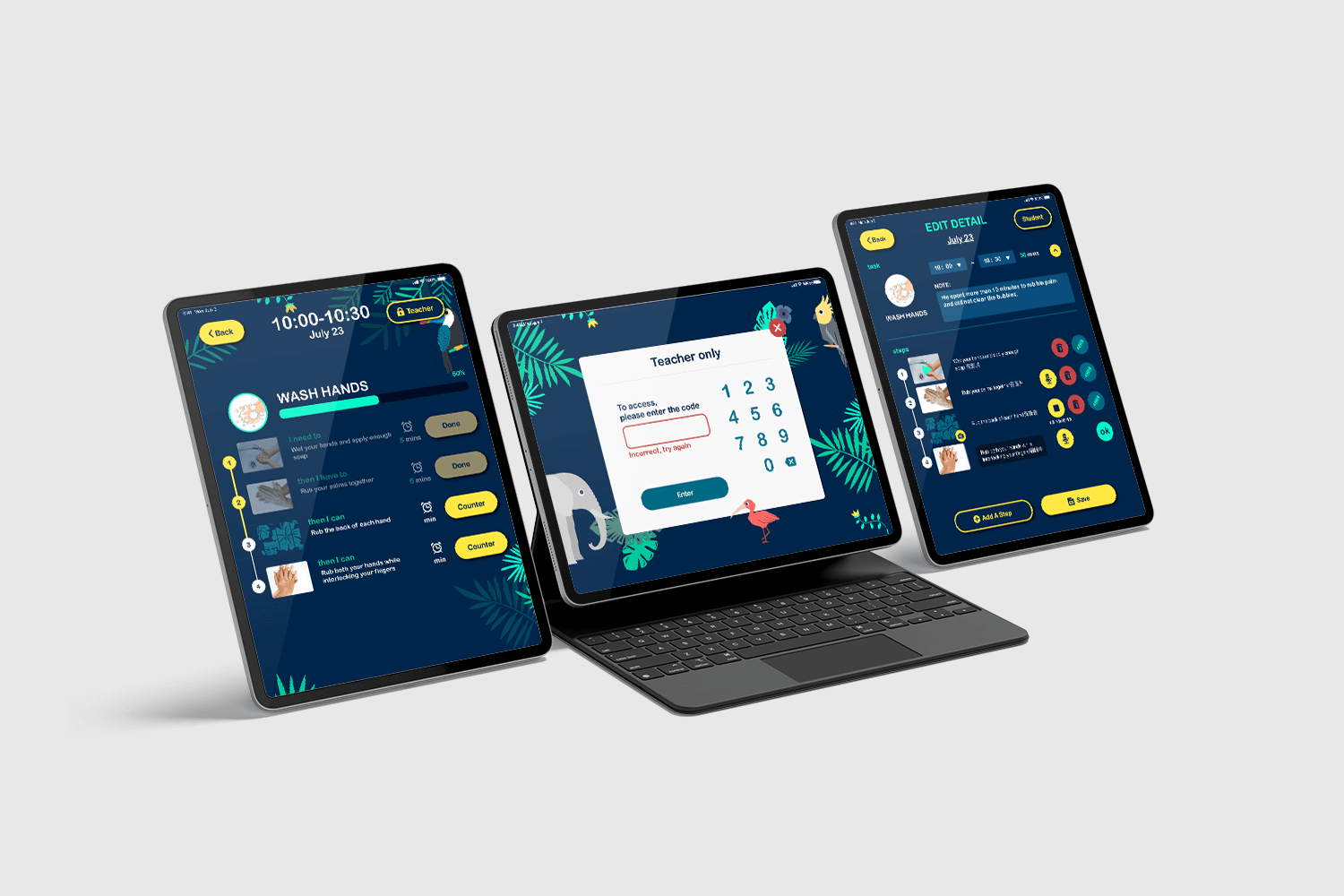Special Education App Prototype/ UI
The tech-savvy way to solve the problems of routine tasks for teachers and students
Special Education App Prototype/ UI
Problem
The users of this app are teachers and students in American schools. Teachers communicate with their students using pen and paper. Moreover, teachers have to supervise communication tasks via a to-do list. These where my inspiration comes from to create this app to facilitate classroom communication with both each other.
user insight
"I have to keep my attention and take note of all children, these routine works take me a lot of time, so I need an efficient way to solve the problems." by teachers.
"I am dying to know what my child did every day at school." by parents.
Issue To Be Addressed
Teachers were using traditional methods, such as hand-written notes and stickers, to set the schedule for children. The table shows those students were trained the developmental activities by teachers at the school.
Wireflow
▾ original sketch
▾ version 1 wireflow
Two variations are for teachers and their students. I divided the schedule into three parts for morning, afternoon, and evening.
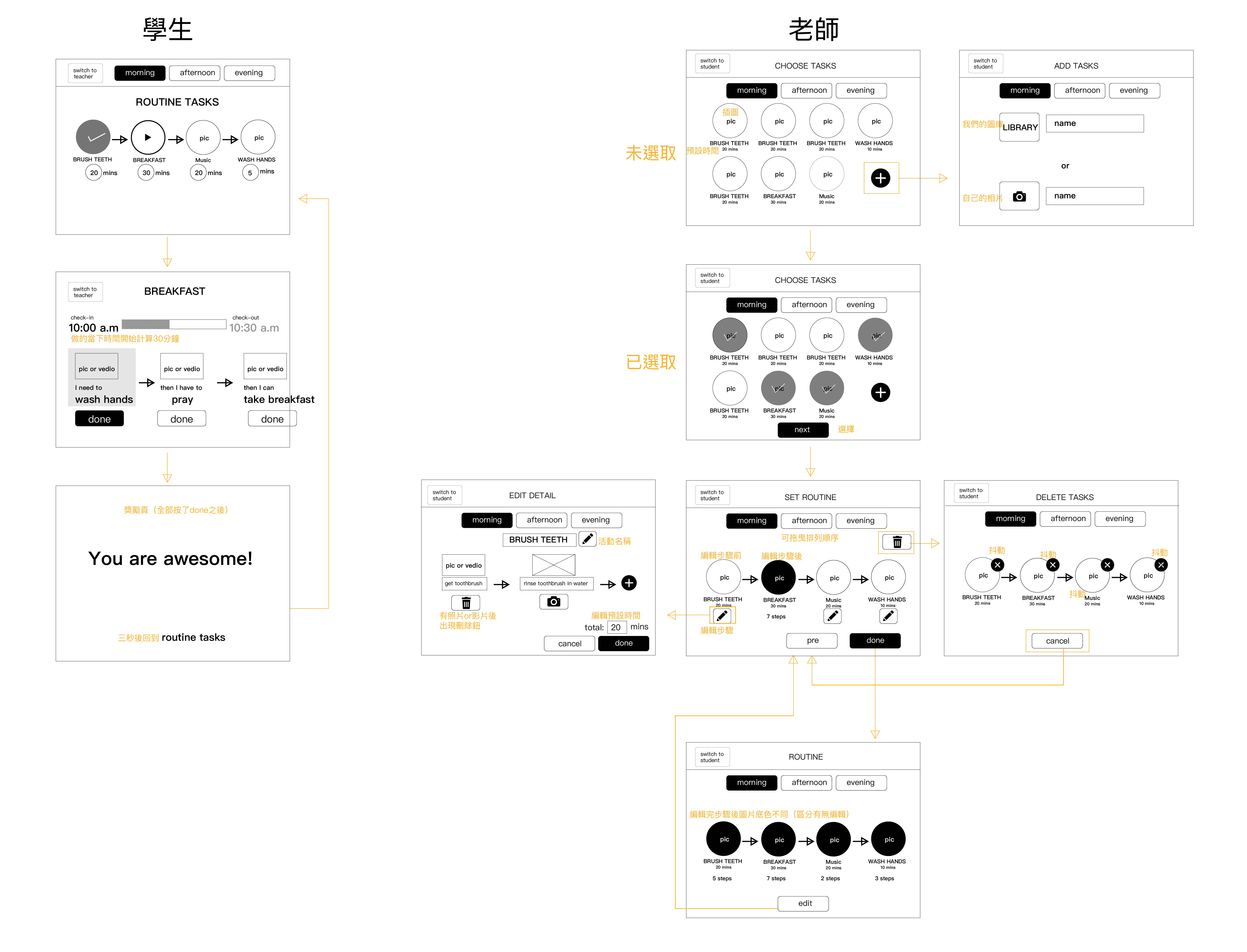
▾ version 2 wireflow
The student's mode still is the same. However, teachers' mode be changed, the app shows both online and offline students, and teachers can arrange the schedule of online students. They are adding more detailed activities and calendars.
Style Guide
Design Conceptualization
Both teachers and students have iPad to use. Because the students are physically and mentally challenged children, the actions must be divided into several detailed steps to facilitate their completion. For example, hand-washing needs to be divided into several steps, from applying soap and drying hands. I chose animals as design patterns to guide using direction. Plus, I gave a hint of the meaning of the page. For example, the warning page shows a snake 🐍. I used these elements to attract the users' interest and make special education more cheerful while establishing a unique style. Moreover, the gamification design encourages the children to complete the tasks.
Teacher Mode
▾ connection
▾ setting
▾ new users
▾ Detailed tasks
teachers can create videos, sound recordings, pictures, and descriptions to assist the students.
▾ Edit main tasks
then send the schedule (with notes) to parents, or export as a template
▾ Other two functions
Student Mode
When compared with the teacher mode, the font and line spacing of the student's mode is cleaner, larger, and more spacious. Using this mode allows these students to be fully guided step by step to complete basic tasks. Gamification makes the students more motivated as they have fun using the app.
As Yu-kai Chou indicated, gamification is the craft of deriving all the fun and addicting elements found in games and applying them to real-world or productive activities. "Human-Focused Design" as opposed to the "Function-Focused Design." It is a design process that optimizes for the human in the system instead of the system's pure efficiency. Human-Focused Design remembers that people in the system have feelings, insecurities, and reasons they want or do not want to do things. It, therefore, optimizes their feelings, motivations, and engagement.
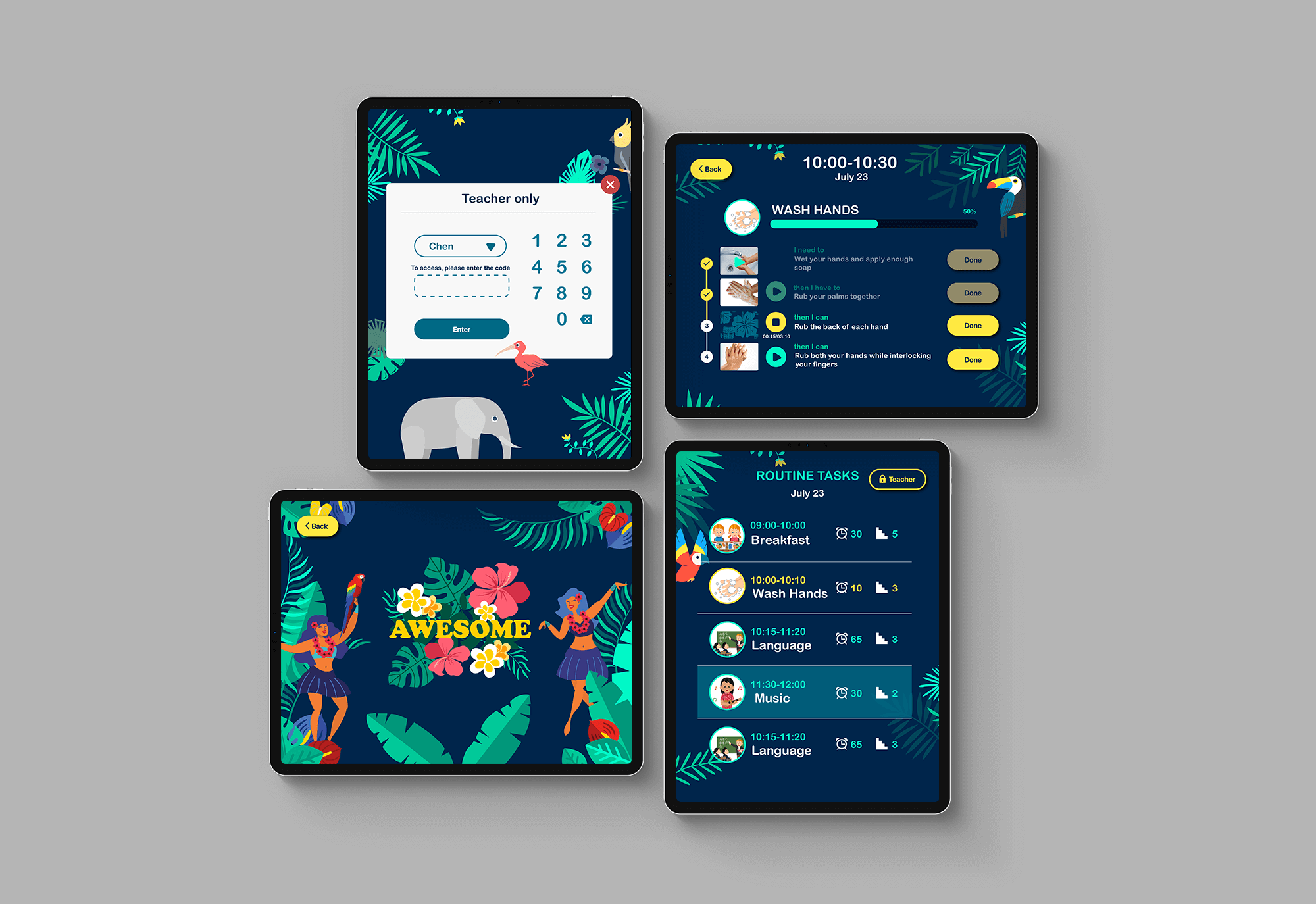
▾ mode changed- it needs code to switch from student mode to teacher's
Icon
In this project, I was responsible for the user experience strategy- gamification, UI/UX, and visual design of the iOS app. Regarding sketching and storyboarding, I generated stacks of ideas about the arrangement of UI interactive behaviors. I led the UI/UX work, producing the significant deliverables, and presented these to the client. Meeting with teachers helped me to understand the educational challenges that are faced in their classrooms. I categorized and segmented users’ needs per given classroom situations and aligned content with these features.
Prototyping
UI/UX
Visual Design
